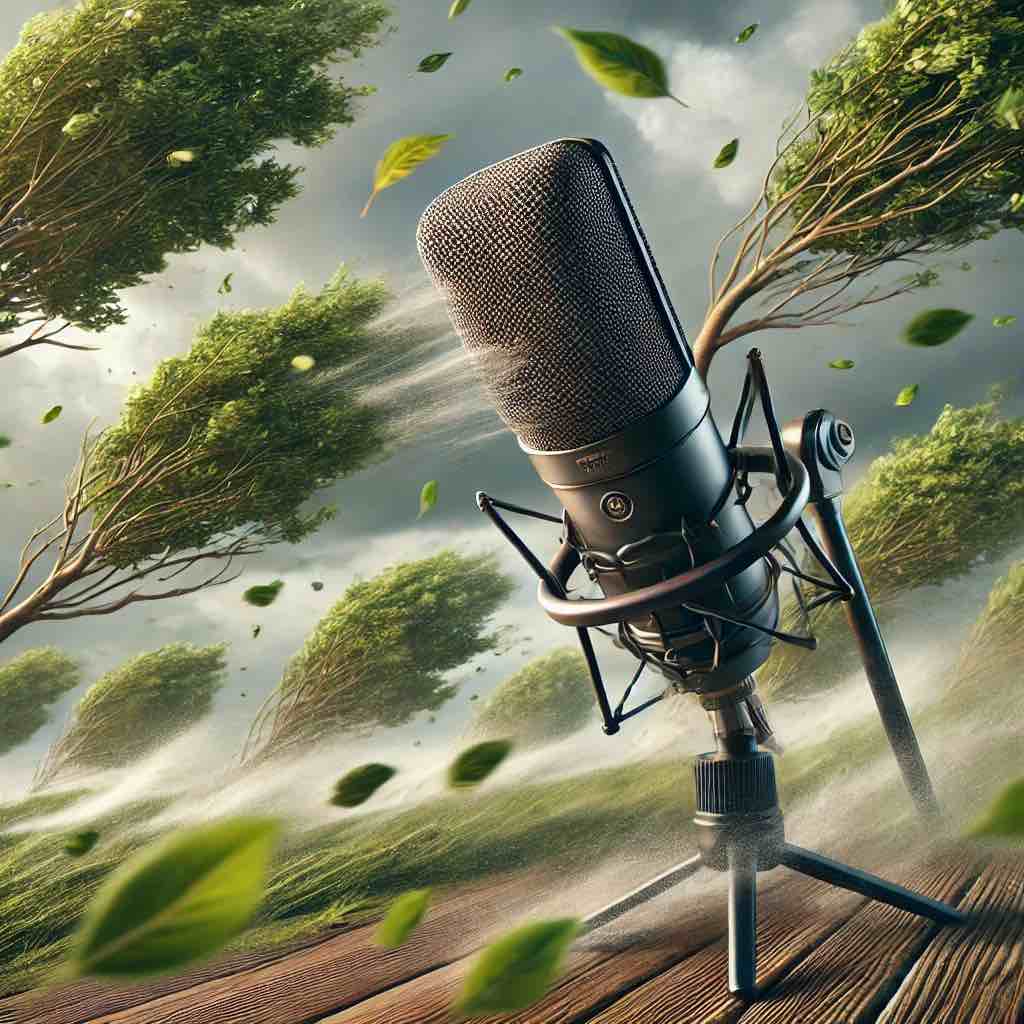Capturing high-quality audio outdoors can be challenging, especially when you’re dealing with wind. In this tutorial, I’ll walk you through why a wind muff is an essential tool for outdoor recording and how to use it effectively to ensure crystal-clear audio.
Even if you create content for your social media such as TikTok, where visuals are acceptable to be more “rough”, the audio is still super important.
Step 1: Understanding the Wind Muff
If you’re new to outdoor audio recording, you might have seen a “fluffy cover” and wondered what it is. It’s called a wind muff, sometimes humorously referred to as a “dead cat.” This tool is essential for recording outdoors, especially in windy conditions, as it filters wind noise before it reaches your microphone, ensuring you get clean audio.
Why Use a Wind Muff?
– It effectively filters out wind noise and ensures clear audio, even in strong conditions, like a hurricane.
– It’s a budget-friendly solution, usually costing around £20 for larger mics and just a few pounds for smaller lavalier mics.
Step 2: Choosing the Right Wind Muff
Not all wind muffs are created equal. Ensure you pick the correct one that fits your microphone snugly:
– Shotgun Mics: Look for wind muffs specifically designed for shotgun microphones, such as the NTG series.
– Lavalier Mics: Smaller wind muffs are available for lavalier mics and can be picked up for as little as £2-£3.
Step 3: Applying the Wind Muff
Here’s how to put the wind muff on your microphone:
1. Remove Any Existing Covers: If your mic already has a basic cover (like a foam windscreen), take it off.
2. Attach the Wind Muff: Fit the wind muff over your microphone securely. Make sure it’s snug and covers the entire pickup area.
3. Adjust as Needed: Depending on the brand, you may need to adjust it to ensure it stays in place.
Pro Tip: While some wind muffs might not fit perfectly on certain mics, as long as it’s secured and covers the important parts, it should do the job well.

Step 4: Test Your Audio
Once the wind muff is in place, do a quick audio test:
– Play Back the Recording: Check to ensure that wind noise is reduced while your voice remains clear.
– Adjust as Needed: If any noise remains, reposition the wind muff and try again.
Step 5: Additional Tips for Recording Clear audio Outdoors
– Record Room Tone: Capture a few seconds of natural background sound before you start speaking. This helps in post-production for creating seamless audio edits.
– Double-Check Links: I’ve included some links to the exact wind muff I use in the video description, so be sure to check those out to find the right one for your mic.
Final Thoughts
For just £20, a wind muff can transform your outdoor recordings from noisy and unprofessional to crisp and clear. It’s a small investment with big returns, making your content more enjoyable for your audience. If you have any questions or need more audio tips, leave a comment below—I’m here to help!
Don’t forget to check my useful links page where you can find all the equipment I recommend.


Comments are closed